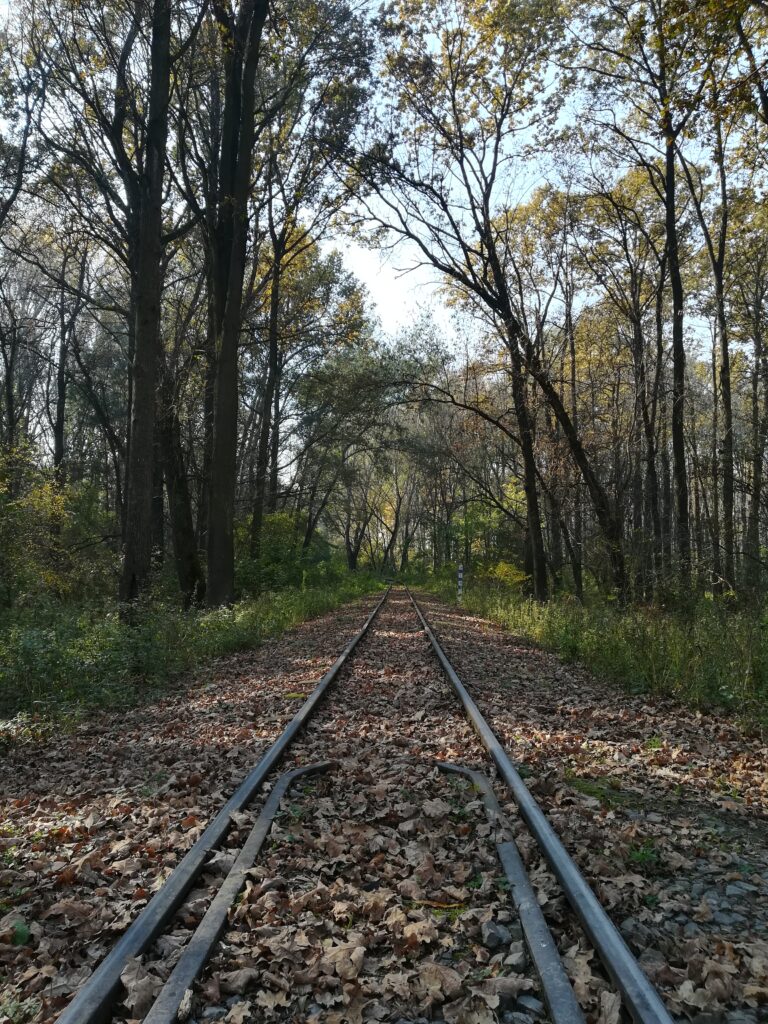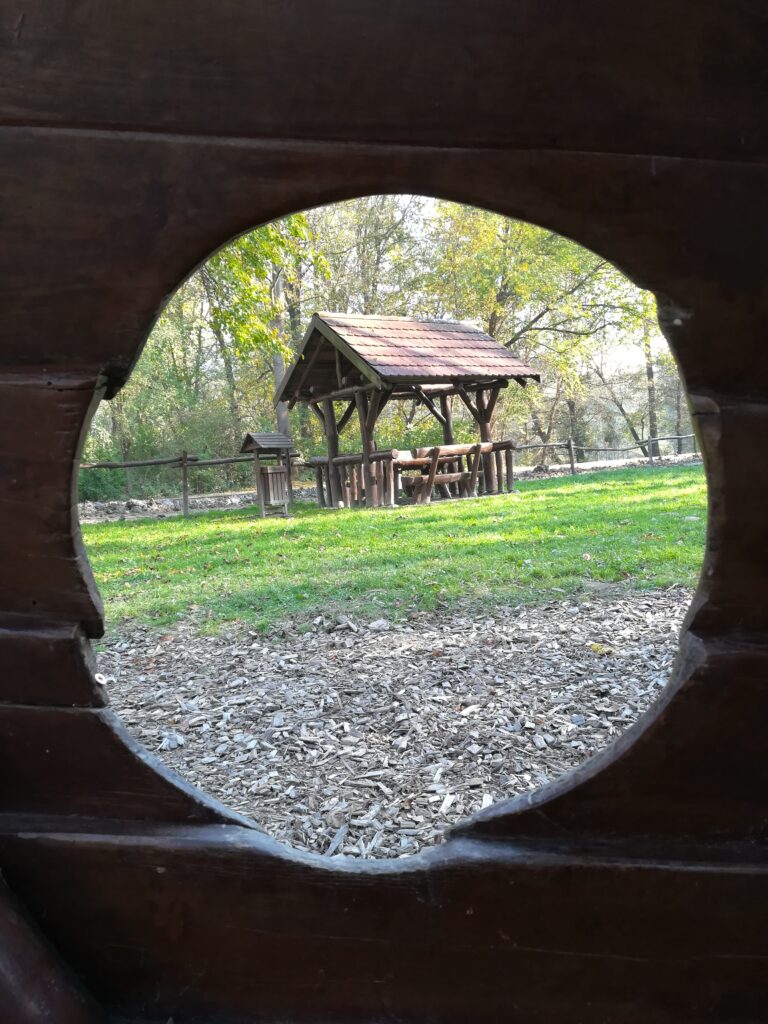There are few places in Europe with a Danube landscape like Baja.
The shady banks, backwaters and reefs of the Danube and Sugovica, as well as the unique scenery of the floodplain forests, create an atmosphere that will captivate any nature lover. The experience is enhanced by the unique flora and fauna found in the groves.
On the other side of the Danube, Baja includes the beautiful floodplain forest of the Sárköz and the Lower Danube Valley, the Gemenc. The Gemenc forest owes its unique beauty to its proximity to water. Its special atmosphere is defined by its characteristic flora, its abundance of wild water and its unique fauna.
Gemenc is one of the best-known protected areas in Hungary, the largest contiguous floodplain forest in Europe, and a natural asset of international importance.
A large part of the area has been protected since 1977. The Danube is the dominant natural force in this area. The flora and fauna in the floodplain is mainly fed by the spring green flush. The floodplain forests are interspersed with tributaries, foothills and backwaters, which hide unparalleled natural treasures and feed the forest like a vein.
The harmony of the meeting of water and land gives this wonderful landscape its unique character. The lower areas are covered with willow and poplar groves, while the higher elevations are covered with oak, ash and elm forests. These forests, with their dense undergrowth and almost impenetrable foliage, provide an excellent shelter for the forest's large and small game.
World record trophy deer, wild boar and roe deer are not uncommon in the area, but big game include wild cat, badger, fox, rabbit, marten, squirrel, otter and beaver. The bird population is also special: in addition to the eagle owl, the saker, the kestrel, the brown grouse, the black heron, the egret, the buck, there is also the world's densest population of black storks.
Béda-Karapancsa is a landscape of outstanding beauty in the lower Danube in Hungary. It is divided into two parts, the Béda part on the right bank of the Danube from Mohács to the southern border, and the Karapancsa part on the left bank. Its ligneous forests contain rare, strictly protected plants.
The lower Danube is the "most densely populated" area of the country for meadow eagles and black storks, unique in our country in this respect. Of particular importance among mammals is the population of the highly protected otter.
Visits to protected and specially protected areas are limited, so the hiking and park forests, nature trails, forest schools, forest railways and passenger boat parks created and maintained for this purpose are intended to provide tourists with an organised way of visiting the area, while respecting its natural values.












